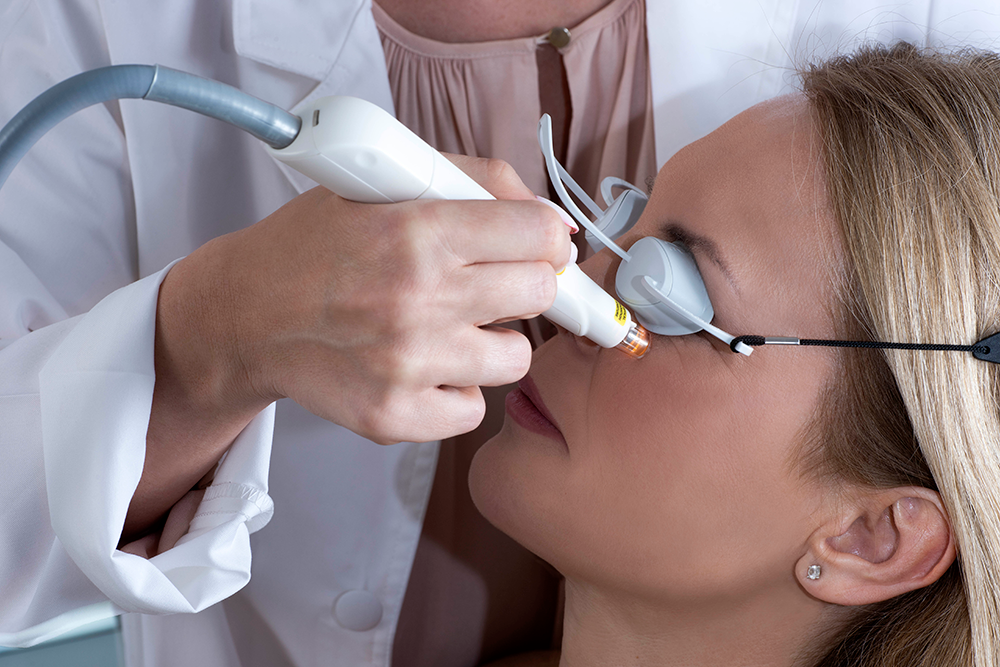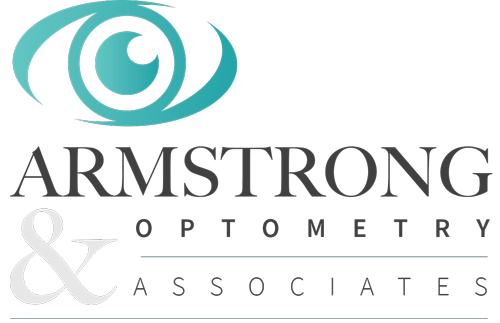Dry Eye Center
OptiLIGHT by Lumenis
Had enough of dry, itchy eyes? Meet OptiLIGHT, a real solution for dry eye disease arising from MGD (Meibomian Gland Dysfunction), the foremost cause behind this condition.
Utilizing patented OPT™ technology, OptiLIGHT is a light-based treatment thoughtfully designed to reach even the most delicate treatment areas, ensuring an experience that is safe, precise and gentle.
OptiLIGHT is a light-based treatment that uses precise, intense broad spectrum light to address signs of dry eye disease due to meibomian gland dysfunction. MGD is the most common cause of dry eye disease, accounting for about 86 percent of cases.
The treatment addresses inflammation, which is one of the key underlying factors in MGD.

What to Know
About Dry Eye
Dry eye disease is a common eye condition that occurs when there is an issue with any one of the three components of your tears.
Your tears are made up of 3 distinct layers, all of which work together to keep your eyes healthy:
- The oily layer prevents your tears from evaporating too quickly
- The watery layer delivers nutrients to your eyes
- The mucus layer keeps your tear film stuck to the surface of your eyes
Types of Dry Eye
There are two types of dry eye disease.
Evaporative Dry Eye (EDE)
EDE is the most common type of dry eye disease. This type of dry eye occurs when you lack the proper amount of oil in your tears. When this happens, your tears can evaporate too quickly, drying out your eyes.
In some cases, EDE can be caused by meibomian gland dysfunction, a disorder where the meibomian glands in your eyes become blocked, limiting the amount of oil being produced for your tears.
Aqueous Tear Deficiency (ATD)
If you suffer from ATD, your eyes lack the aqueous layer in your tears. This means that your eyes aren’t producing enough tears to keep the eye moist, which can lead to irritating and uncomfortable symptoms.
Symptoms of Dry Eye
- A burning or scratchy sensation in your eyes
- Stringy mucus in or around your eyes
- Irritated or overly-watery eyes
- Sensitivity to light or photophobia
- Eye redness, blurred vision, or eye fatigue
- A sensation of having something in your eye
Why OptiLIGHT
OptiLIGHT was specifically developed to reach the delicate contours of the treated area safely, effectively, and gently using the OPT™ technology. It is intended for use in patients who are at least 22 years old, together with other available treatments, such as Meibomian gland expression, artificial tear lubricants, and warm compresses. The benefits are:
- Innovative light therapy for brighter results
- Targets multiple key contributors of dry eyes for lasting results
- Finally reduces your dependency on eye drops
- Developed with safety in mind, for your peace of mind
How It Works
OptiLIGHT is a multi-factorial treatment for a multi-factorial disease. It addresses the disease by reducing major sources of inflammation leading to dry eye disease such as abnormal blood vessels, Demodex mites and pro-inflammatory agents.
OptiLIGHT restores the function of meibomian glands and delays evaporation of the tear film.
Dry Eye By the Numbers
- 49 million Americans are estimated to suffer from dry eye disease, only half are diagnosed
- 81% of patients are frustrated with their dry eye condition
- 80% of patients wish there was something more effective to treat dry eye
- 58 percent of patients' symptoms improved from as much as 25 to more than 50 percent after treatment
What to Expect
If your eye doctor has recommended the OptiLIGHT treatment, they will go over everything you can expect before, during, and after your appointment.
To prepare for your appointment you should avoid using skin brightening agents or serums for the week before your appointment, using tanning beds one month before your appointment and getting botox for at least three months before your appointment.
This treatment is fast and simple, taking only 10–15 minutes. During your treatment, your doctor will apply a cool gel on the treatment area and cover your eyes with shields to protect them. As light is applied to the skin, you may experience a warm or a tapping sensation, but you shouldn’t feel any pain.
While side effects are uncommon, your eyes may feel slightly more dry or gritty for the day following your procedure. If you do experience dry eyes, you can use preservative-free artificial tears. Following your treatment, your skin will be sensitive, so we recommend avoiding sun exposure and wearing sunscreen.
During an eye exam, your doctor can determine whether or not it is the right option for you. In general, OptiLight isn’t recommended for patients who are taking certain medications, like Accutane, have active acne, suffer from certain skin disorders, are susceptible to keloid scarring, have severe scarring or have been severely sunburned recently.

